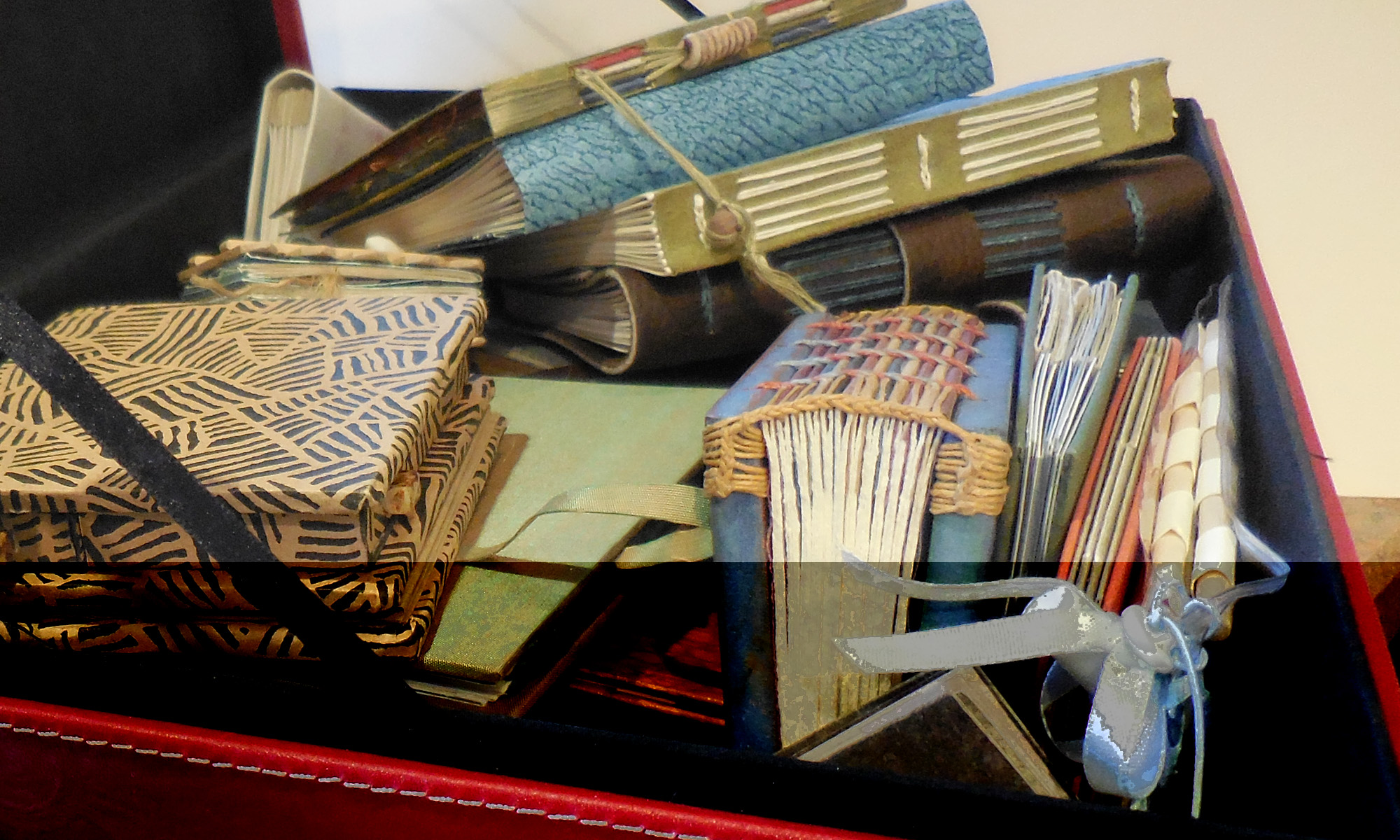
Yikes! I’m two weeks overdue on this exchange. Does anybody else get August and September dates mixed up when they’re in numerical-month — 08 and 09 — form? Anyway, this morning I got on the stick and got them done. They’re going in the mail today.
Here’s the way these started. I had:
1) A quote is by Auerbach: “Music washes away from the soul the dust of everyday life.”
2) A scrap piece of paper with a cut-out square in the middle — from the Concertina Carnival book I constructed the other day.
3) Some leftover square invitation envelopes from a wedding job.
4) Some scraps of watercolor paper which I cut 6.75″ square to fit the envelopes.
Just to get started, I wrote out the quote on this scrap of paper. I put the word “Music” above the cut-out square, realized I wasn’t going to have room at the top for the rest of the quote and so wrote the rest of the quote below the square. And voila! I had my design.
I masked off a 1.75″ square in middle of my scraps of watercolor paper, cut an abstract violin/viola/guitar shape from a couple of pieces of removable Scotch tape, rummaged around in my drawer for a palette with some gouache colors already on them … and had some fun. In the process, I got out a gold gel pen, the luscious Sennelier oil pastels I bought so long ago and some cosmetic sponges for rubbing the oil pastels over the gouaches.
The envelopes are supposed to have a teaser on the outside as to the quote inside. I painted my spattering brush with brown for dust, but I guess the blue that was dried on the brush had more effect than the brown.
It’s been a fun morning.
